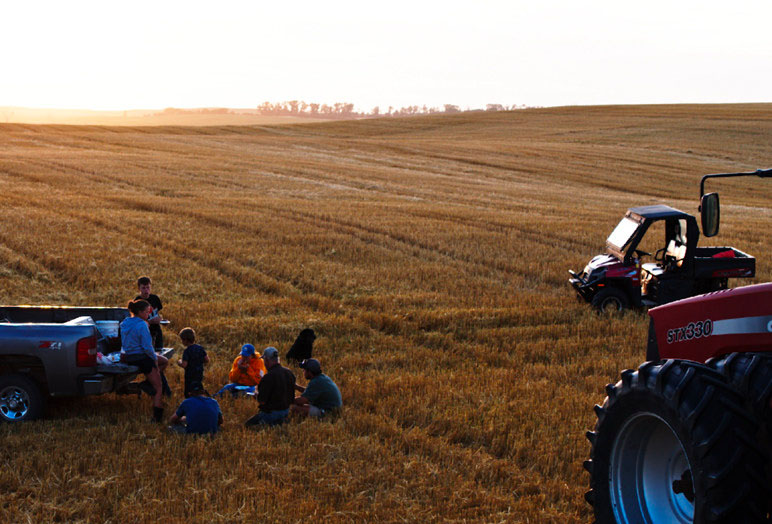Wheat farmers in post-World War II America were producing more wheat than ever before. But, they found that meeting demand at home left too much of their bountiful harvests without buyers. So, to improve marketing opportunities for their wheat, they organized by state and reached out to the U.S. Department of Agriculture for help. These visionary state wheat leaders ultimately formed two regional organizations to coordinate export market development: Great Plains Wheat Market Development Association and Western Wheat Associates.
The Great Plains Wheat Market Development Association, chartered in 1958, was tasked with promoting wheat exports from the Plains states, while Western Wheat Associates, formed in April 1959, aimed to expand international markets for wheat from the Pacific Northwest.
"In such a period of instability, the fact that wheat farmers find themselves disposed to help themselves, direct themselves, according to the fine program of the national and state wheat groups, to build and maintain stability in agriculture, is an encouraging note."
—Joe Berkely, publisher, High Plains Journal, Feb. 5, 1951
By the 1970s, the industry had grown tremendously and demand for specific classes of U.S. wheat was growing beyond the rather narrow geographic distinctions of the two organizations. USDA’s Foreign Agricultural Service suggested one organization would help reduce overlap and assure that overseas buyers were prepared to import the wheat classes they most needed. So, in 1980, Great Plains Wheat Market Development Association and Western Wheat Associates merged to become one organization focused on building overseas demand for wheat: U.S. Wheat Associates.















